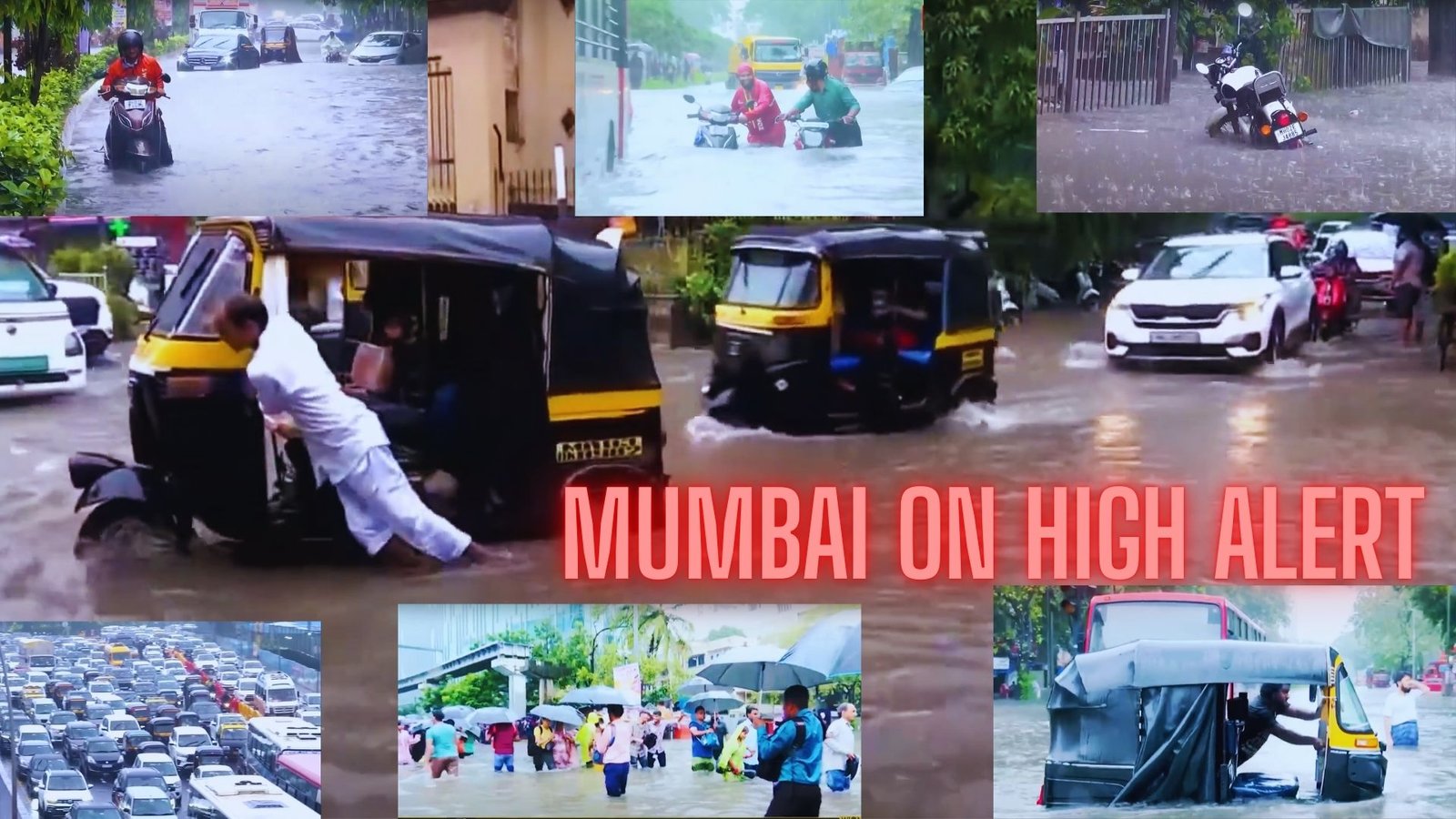Mumbai’s Transport System During Severe Rainfall
Mumbai on High Alert Mumbai’s famous non-stop heartbeat can be slowed to a whisper by the overwhelming force of a monsoon deluge.
- Local Trains: Known as the lifeline of Mumbai, suburban trains carry over 7.5 million people daily. However, during heavy rains, tracks in areas like Kurla, Sion, and Thane flood, causing long delays or complete shutdowns.
- Road Traffic: Mumbai’s intricate network of narrow roads and flyovers is highly susceptible to gridlock, as vehicles are immobilized by inundation. A journey that usually takes 30 minutes can stretch to 4–5 hours.
- Bus Services: BEST buses often divert or halt services, leaving thousands of commuters stranded.
- Air Travel: Chhatrapati Shivaji Maharaj International Airport also faces disruptions when runways get waterlogged.
For a city that thrives on movement, rainfall-induced immobility is nothing short of a nightmare.
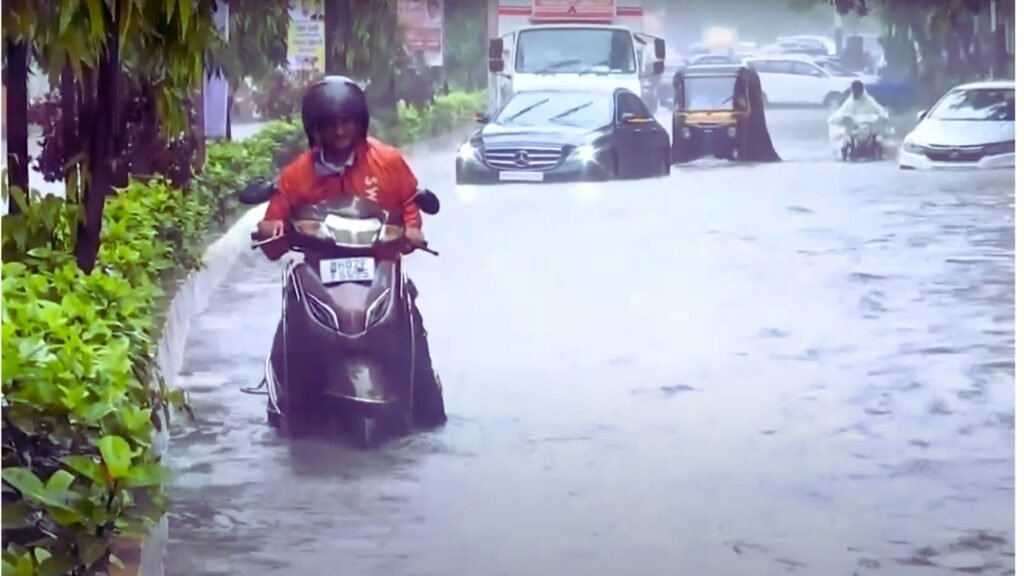
Schools, Colleges, and Workplaces During Rainfall Alerts
Mumbai on High Alert When IMD issues an Orange or Red Alert, the Brihanmumbai Municipal Corporation (BMC) often orders the closure of schools and colleges. Many private offices also ask employees to work from home. However, essential service providers—such as hospitals, police, and utility workers—continue to serve, often putting themselves at risk.
For students, a day off may seem like a break, but prolonged closures disrupt academic schedules, especially during board exam preparations.
Cultural and Social Impact of Heavy Rainfall
Mumbai on High Alert Mumbai rains are often romanticized in Bollywood movies—umbrella scenes, marine drive walks, and monsoon songs. But the reality is far harsher.
- Weddings, cultural events, and public gatherings are often canceled.
- Ganesh Chaturthi celebrations, which usually fall in the monsoon season, face disruptions due to flooding.
- Families living in flood-prone areas often have to relocate temporarily.
The impact of rain extends far beyond economics, fundamentally reshaping how Mumbaikars connect and coexist.
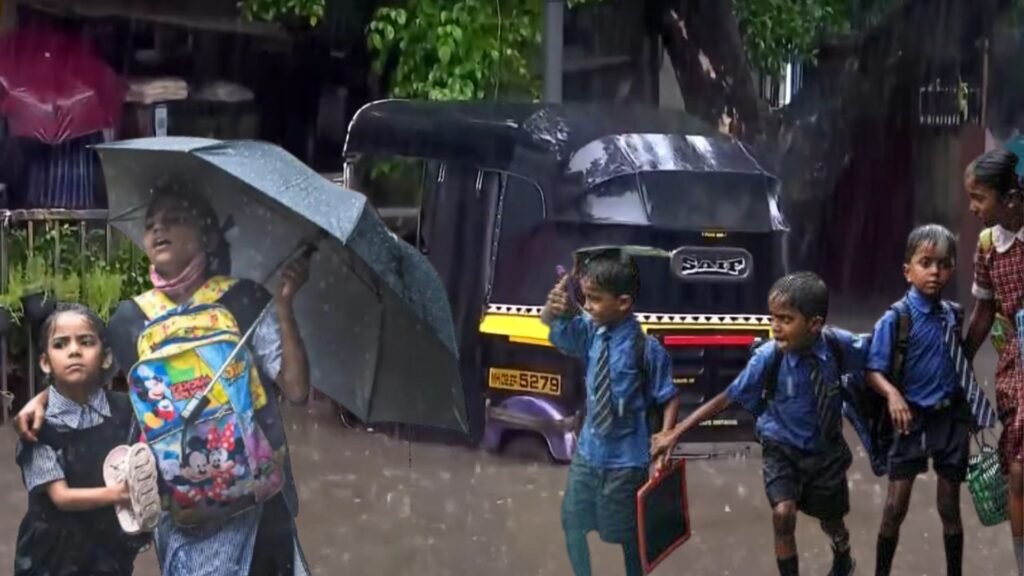
The Role of Citizens During Severe Rainfall
Mumbai on High Alert While government bodies play a big role, the responsibility doesn’t end there. Citizens must actively participate in flood management:
- Avoid littering – Plastic waste blocks drains, worsening waterlogging.
- Community support – Neighbors often help each other by providing shelter, food, or charging points during blackouts.
- Volunteering – Many NGOs and youth groups help distribute essentials in slums and rescue stranded individuals.
A resilient Mumbai is built not just by authorities but by the spirit of its people.
Technology and Innovation: Future Solutions for Mumbai
Mumbai on High Alert ,Mumbai cannot rely on outdated systems forever. Some promising initiatives include:
- Intelligent Water Management: Deploying a network of sensors within drainage infrastructure for live water level surveillance and data collection.
- Rainwater Harvesting Projects to reduce flooding and store water.
- Green Infrastructure like restoring mangroves and creating urban wetlands.
- AI-based Forecasting Models that predict localized rainfall intensity.
Singapore and Tokyo have successfully implemented such systems, and Mumbai too can adapt these solutions with proper investment.
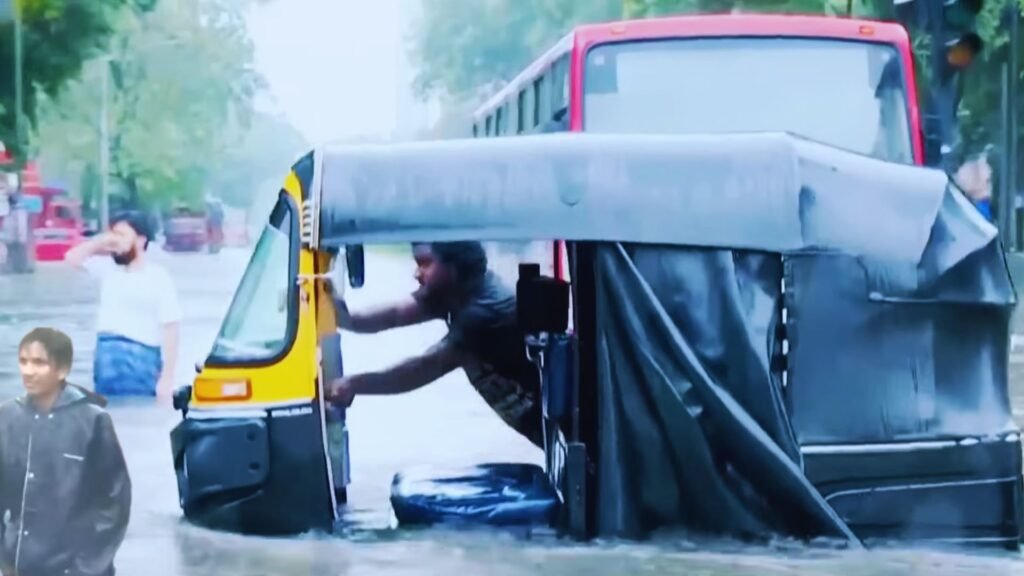
Government Long-Term Strategies
Mumbai on High Alert The Maharashtra government and BMC have announced several long-term measures to tackle severe rainfall:
- Mumbai Coastal Road Project – Aims to reduce traffic congestion, though critics fear it may worsen flooding by reclaiming land.
- Storm Water Drain (BRIMSTOWAD) Project – Designed to upgrade the city’s old drainage system, though progress has been slow.
- Mangrove Protection Laws – To prevent further destruction of natural flood barriers.
- Flood Mapping – Identifying high-risk zones for better disaster management.
Mumbai on High Alert While these are steps in the right direction, implementation remains the biggest challenge.
Global Comparisons: What Mumbai Can Learn
Mumbai on High Alert Other cities have faced similar rainfall challenges and adapted successfully:
- Tokyo, Japan – Built massive underground flood diversion tunnels.
- Amsterdam, Netherlands – Uses advanced dike systems to keep seawater at bay.
- Singapore – Created water retention ponds and strict urban planning laws.
Mumbai can learn from these global models to create a climate-resilient city that can withstand future monsoon challenges.
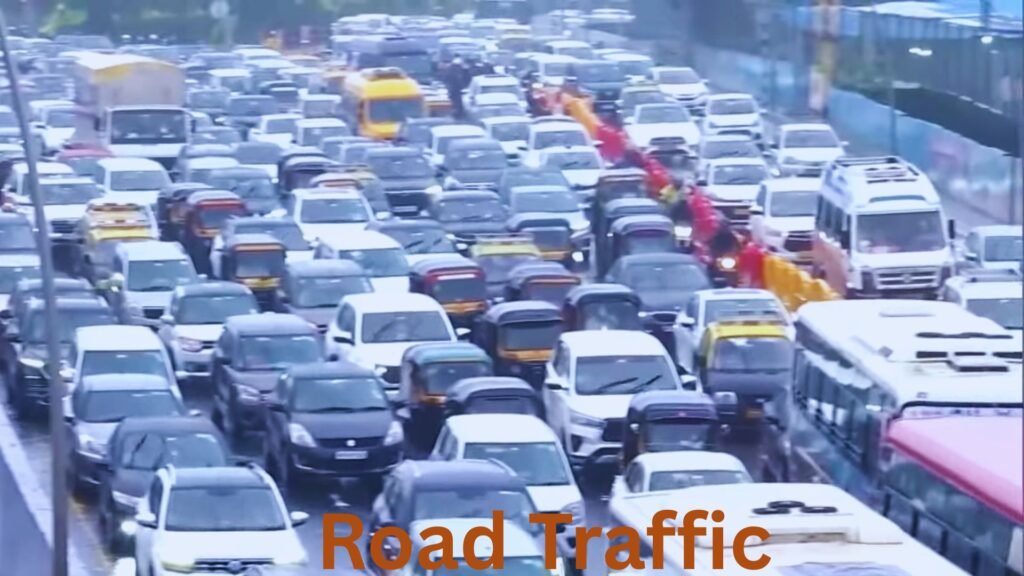
The Emotional Resilience of Mumbaikars
Mumbai on High Alert Despite the chaos, one thing stands out—the resilience of Mumbaikars. Every year, stories emerge of strangers helping strangers:
- Residents offering food and shelter to stranded commuters.
- Volunteers wading through water to help children get home safely.
- Taxi and auto drivers offering free rides during emergencies.
This spirit of unity makes Mumbai more than just a city—it makes it a community that stands together against the odds.
A Personal Reflection
Mumbai on High Alert If you’ve ever been in Mumbai during a severe rainfall alert, you know it’s more than just weather—it’s an experience of survival. The anxiety of watching floodwater creep into your building, the frustration of being stuck in traffic for hours, and the relief of seeing people come together—all of it defines Mumbai monsoons.
It’s like the city itself is testing your patience, resilience, and courage. And yet, every year, Mumbai bounces back, proving why it’s called the city that never stops.
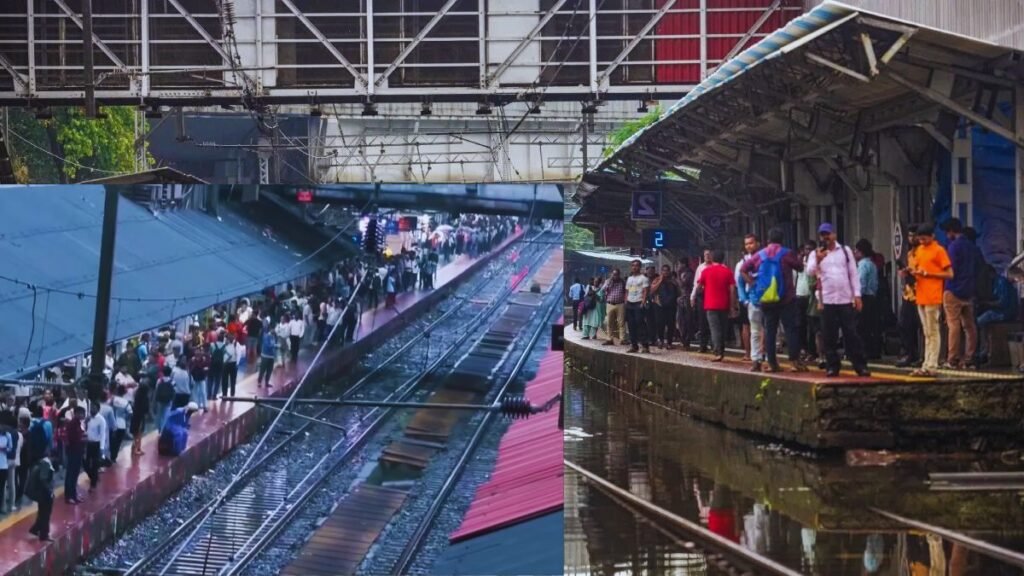
Conclusion
Mumbai on High Alert Mumbai’s severe rainfall alerts are more than just weather warnings—they are reminders of the city’s vulnerabilities and strengths. From infrastructure breakdowns to community resilience, each monsoon season writes a new chapter in Mumbai’s history.
The way forward lies in better planning, citizen awareness, and sustainable solutions. If authorities, citizens, and technology work hand-in-hand, Mumbai can transform from a flood-prone city into a model of climate resilience.
Monsoons will always be a part of Mumbai’s identity. The question is—will we learn to live with them better?
FAQs
1. Why is Mumbai so vulnerable to flooding during rainfall?
Because of its coastal location, outdated drainage system, and unplanned urbanization that reduces natural flood buffers.
2. How many millimeters of rain can trigger a red alert in Mumbai?
A red alert, signifying “take action,” is formally issued by the IMD once forecast models indicate a probability of rainfall surpassing 200 mm in a single day.
3. What precautions should Mumbaikars take during severe rainfall alerts?
Avoid unnecessary travel, stock up on essentials, and follow updates from IMD and BMC.
4. Which are the worst flood-affected areas in Mumbai?
Sion, Kurla, Andheri East, Dadar, and Chembur are highly flood-prone.
5. How can Mumbai prepare for future extreme rainfall events?
By upgrading drainage systems, protecting mangroves, adopting smart flood management technology, and promoting citizen awareness.

